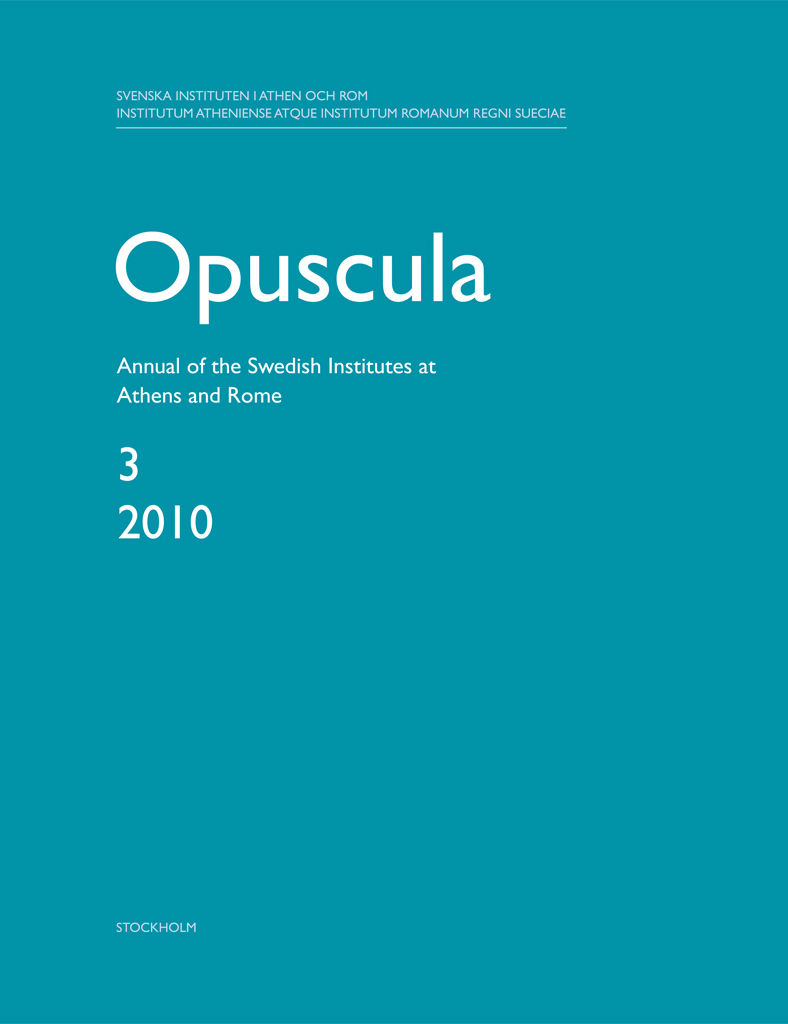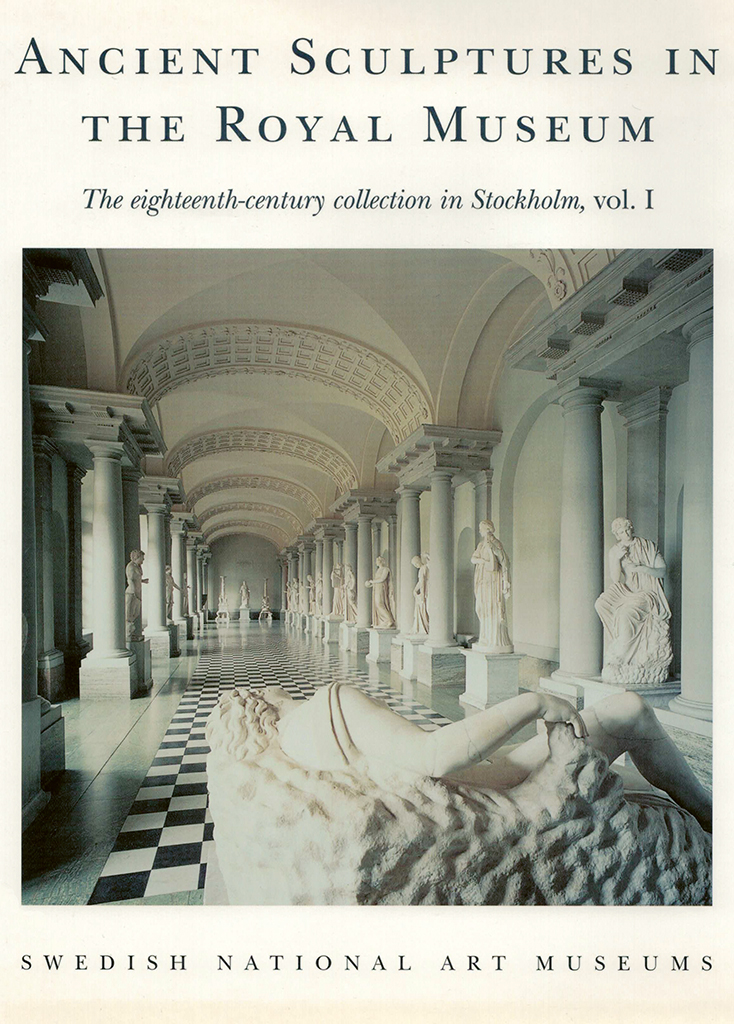Opuscula is published by the Swedish Institutes at Athens and Rome, with the aid of a grant from the Swedish Research Council. Distributed by Eddy.se AB. View journal at ERIH PLUS. Content available with open access. Marsyas in the garden? Small-scale sculptures referring to Marsyas in the forum By Julia Habetzeder Abstract While studying a small-scale sculpture in the collections of the Nationalmuseum in Stockholm, I noticed that it belongs to a previously unrecognized sculpture type. The type depicts a paunchy, bearded satyr who stands with one arm raised. To my knowledge, four replicas exist. By means of stylistic comparison, they can be dated to the late second to early third centuries AD. Due to their scale and rendering they are likely to have been freestanding decorative elements in Roman villas or gardens. The iconography of the satyrs of the type discussed is closely related to that of a group of fountain figures. These fountain figures are believed to refer to a motif well known in Roman times: the Marsyas in the forum. In this article I argue that the satyrs of the type discussed refer as well to this once famous depiction of Marsyas. Bibliographical information Julia Habetzeder, ‘Marsyas…
Published by the Swedish Institute of Classical Studies in Rome. Distributed by Astrom Editions. Ancient sculptures in the Royal Museum Vol. 1. The eighteenth-century collection in Stockholm By Anne-Marie Leander Touati, with contributions by Magnus Olausson This is a presentation of the ancient sculptures acquired in the 17th and 18th centuries by Swedish royalty and subsequently arranged into a public museum in 1794. The work is based both on the testimony of written sources and on the examination of the pieces. The documents related to Gustav III’s acquisitions (c. 200 pieces) in Rome between 1784 and 1789 are particularly rich. They yield ample information both on the Roman antiquities market and on the Enlightened, antiquarian tradition in Sweden. The changing attitudes towards the collection from the late 18th century up to the present date are touched upon. The terminology used to describe Roman sculpture is discussed and the 18th-century techniques are surveyed. Finally a catalogue which includes discussion of the 15 main pieces of the collection follows. Contents List of abbreviations Preface Acknowledgements Introduction Part 1. Background 1. The history of collecting 2. The main sources for the collection 3. The collector: Gustav III and his entourage (by Magnus Olausson)…


